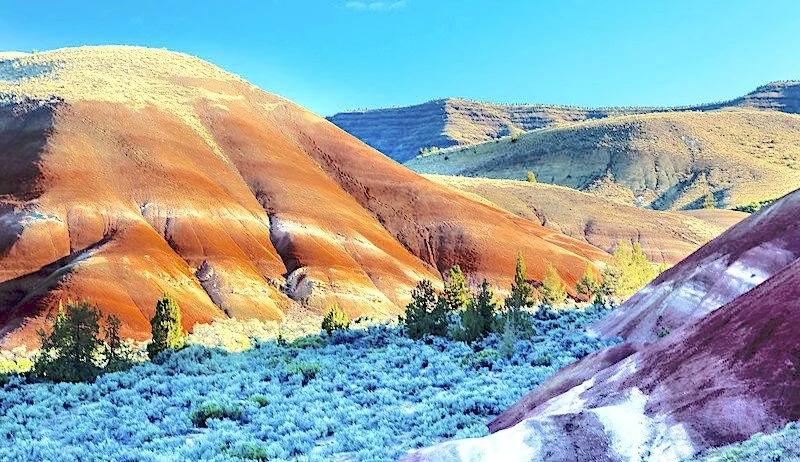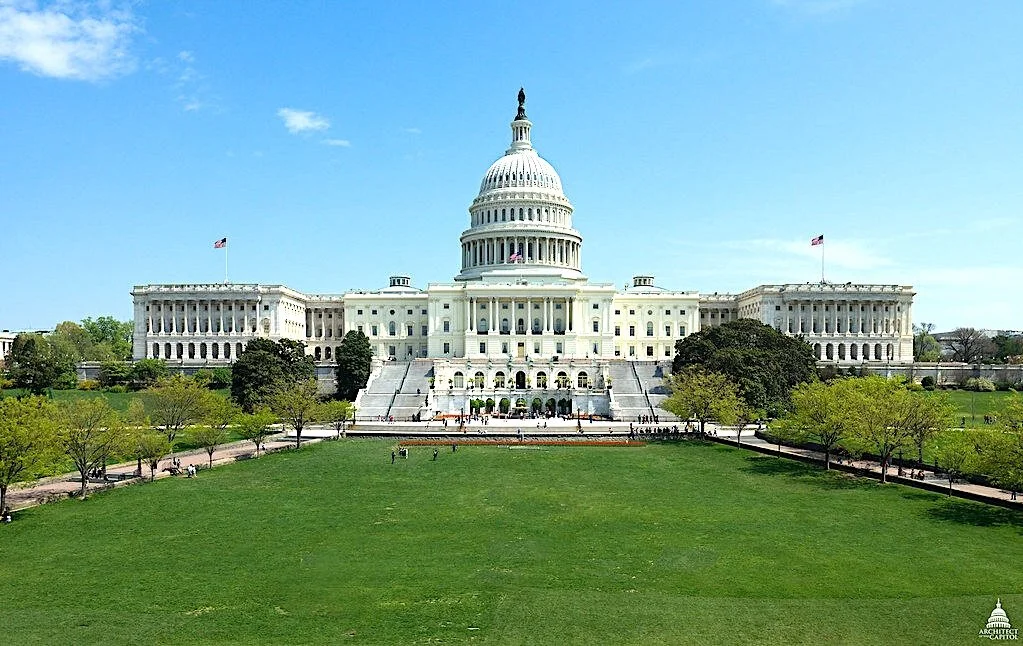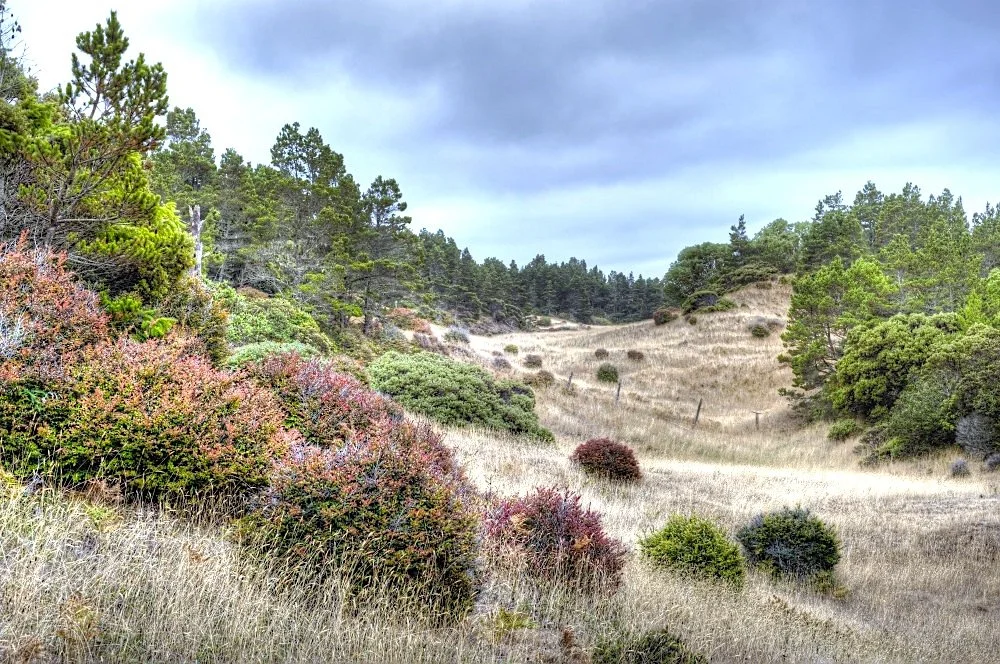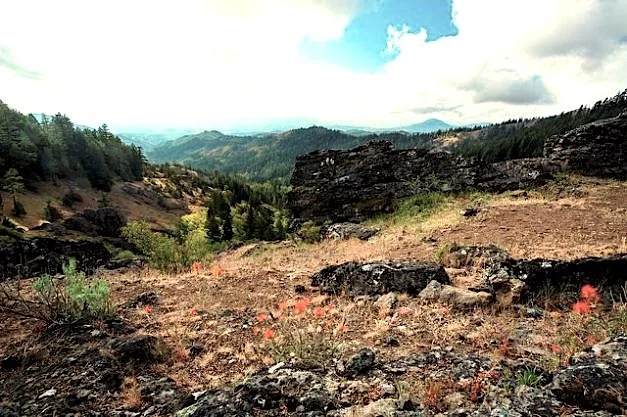Sort By Category
- 30x30
- Administration
- Antiquities Act
- Book Reviews
- Bureau of Land Management
- Climate Change
- Climate change
- Coasts
- Congress
- Counties & Federal Lands
- Courts
- Courts & Litigation
- Department of Agriculture
- Department of Interior
- Deserts
- Ecological Reserves
- Ecosystems
- Elections
- Endangered Species
- Energy
- Estuaries
- Federal Lands
- Fish
- Fish and Wildlife Service
- Forest
- Forest Fires
- Forest Service
- Forestry
- Forests
- Grasslands
- Land & Water Cons. Fund
- Land & Water Conservation Fund
- Legislation
- Litigation
- Livestock Grazing
- Marine Protected Areas
- Marine Sanctuaries
- Mature & Old-Growth Forests
- Mature and Old-Growth Foresrts
- Mining
- Nat'l Conservation Lands
- National Forest System
- National Marine Sanctuaries
- National Monuments
- National Monuments Act
- National Park Service
- National Park System
- National Parks
- National Recreation Area
- National Scenic Area
Sort By Tag
- 1002 area
- 30x30
- 5th Amendment
- ANWR
- Acadia National Park
- Adam Smith
- Administrative Procedure Act
- Advancing Conservation and Education Act
- Alan Bates
- Alan Deboer
- Alaska
- Alaska National Interest Lands Act
- Alaska Native Claims Settlement Act
- Aldo Leopold
- American Forest Resource Council
- American Prairie Reserve
- American Tree Farm System
- American beef supply
- American black duck
- American woodcock
- Ammon Bundy
- Ancient Forest National Park
- Anders Eskil Carlson
- Andrea Salinas
- Andrew N. Gray
- Andy Kerr
- Animal unit month
- Ansel Adams
- Antiquities Act
- Applegate Primitive Backcountry Area
- Aqua Fria National Monument
- Aquatic Conservation Strategy
- Aquatic Conservation and Riparian Strategy
- Arches National Monument
- Arches National Park
- Arctic National Wildlife Refuge
- Areas of Critical Environmental Concern
- Army Corps of Engineers
- Association of O&C Counties
- Astoria Canyon
- Astoria Fan
- Atlantic Coast
- Augusta Canal NHA
- Avarna Group
- Avi Kaw Ame
- BLM Conservation Rule
- BLM Zone 3 Lands
- BOEM Oregon Planning Area
- Baboquivari Peak Wilderness
- Baker County
While It Has Never Been Worse . . .
The public lands (and the entire conservation) community is fundamentally mis-organized to address today’s torrent of existential threats to the nation’s public lands.
O&C Lands Act, Part 1: Neither 11th Commandment Nor 28th Amendment
This is the first in a series of four Public Lands Blog posts regarding the infamous “O&C” lands, a variant of public lands administered by the Bureau of Land Management in western Oregon. Part 1 sets the stage with a brief history and description of recent epochal events.
Cascade-Siskiyou National Monument: Safe from Big Timber, Threatened by the BLM
Big Timber’s and Addicted Counties’ supreme gambits to gut the Cascade-Siskiyou National Monument have failed, but the monument is still in mortal peril from the Bureau of Land Management.
Retiring Grazing Permits, Part 2: History of the Voluntary Retirement Option
This is the second of a three-part exploration of retiring permits for grazing on federal public lands. Part 1 examined the state of the public lands grazing industry and made the case for the equitable end to abusive livestock grazing on public lands. Part 2 reviews the history of congressional and other actions to facilitate retirement of federal grazing permits. Part 3 will speculate on the future of this conservation tool.
National Parks in Oregon, Part 4: Will the Inertia Continue?
This is the fourth of four Public Lands Blog posts that examine the topic of national parks in Oregon. Part 1 explored Oregon’s one success in establishing a national park. Part 2 discussed multiple failures to establish additional national parks in the state. Part 3 examined both successful and failed attempts to expand Crater Lake National Park. Part 4 looks at the potential supply and demand for additional national parks in Oregon and the political challenges and chances.
Public Land Conservation Grand Bargains, Part 1: Hard Choices Ahead for Oregon Conservationists
This is the first of three Public Lands Blog posts that examine the increasingly difficult political decisions facing Oregon’s public lands conservationists. Part 1 poses a still hypothetical—but prospectively probable—public lands conservation package that contains some great, some good, some bad, and some ugly provisions. Part 2 will examine what Oregon public lands conservationists have done in the past when faced with such choices. Part 3 will wrestle with the devil of principle and the angel of pragmatism and make recommendations.
Preremembering Mary Gautreaux, Oregon Conservationist
If not for Mary Gautreaux, many good things would not have happened for Oregon’s public lands. Several wilderness areas and wild and scenic rivers or additions to them would not have happened. Portland’s drinking water sources, the Bull Run and Little Sandy Rivers, would be dirtier.
The National Landscape Conservation System: In Need of Rounding Out
As of today, the BLM recognizes a total of 4.2 million acres as California Desert National Conservation Lands, 2.89 million acres of which were designated in a recent update to BLM’s comprehensive management plans.
Precedent for Secretary Zinke’s Gut-Job on the National Monuments
The Trump administration is moving ahead with its intention to review and rescind national monument designations for some public lands. Now a leaked memorandum from Secretary of the Interior Ryan Zinke shows that he will be pointing to unproclamations of portions of national monuments by previous presidents as precedent.
What’s in a Name? Preserving National Monuments Versus Antiquities Only
Back in the day, an Act of Congress, signed into law by President Theodore Roosevelt on June 8, 1906, soon after became commonly known as the “National Monument Act.” The more recently used name of the “Antiquities Act of 1906” must now be changed back to “National Monument Act of 1906.” Here’s why…
A Monumental Battle, Part 2: National Monuments in the Congress
There is no question that an Act of Congress can eliminate, shrink, or weaken a national monument proclaimed by a president pursuant to authority granted by Congress. What Congress giveth, Congress can taketh away.
A Monumental Battle, Part 1: National Monuments in the Courts
National monuments are “proclamations,” not “executive orders.” The president issues executive orders under the faithful execution clause of the Constitution (in Article II, Section 3). A president may expand, revoke, or modify a previous executive order. An executive order and a presidential proclamation under the Antiquities Act are absolutely not one and the same.











